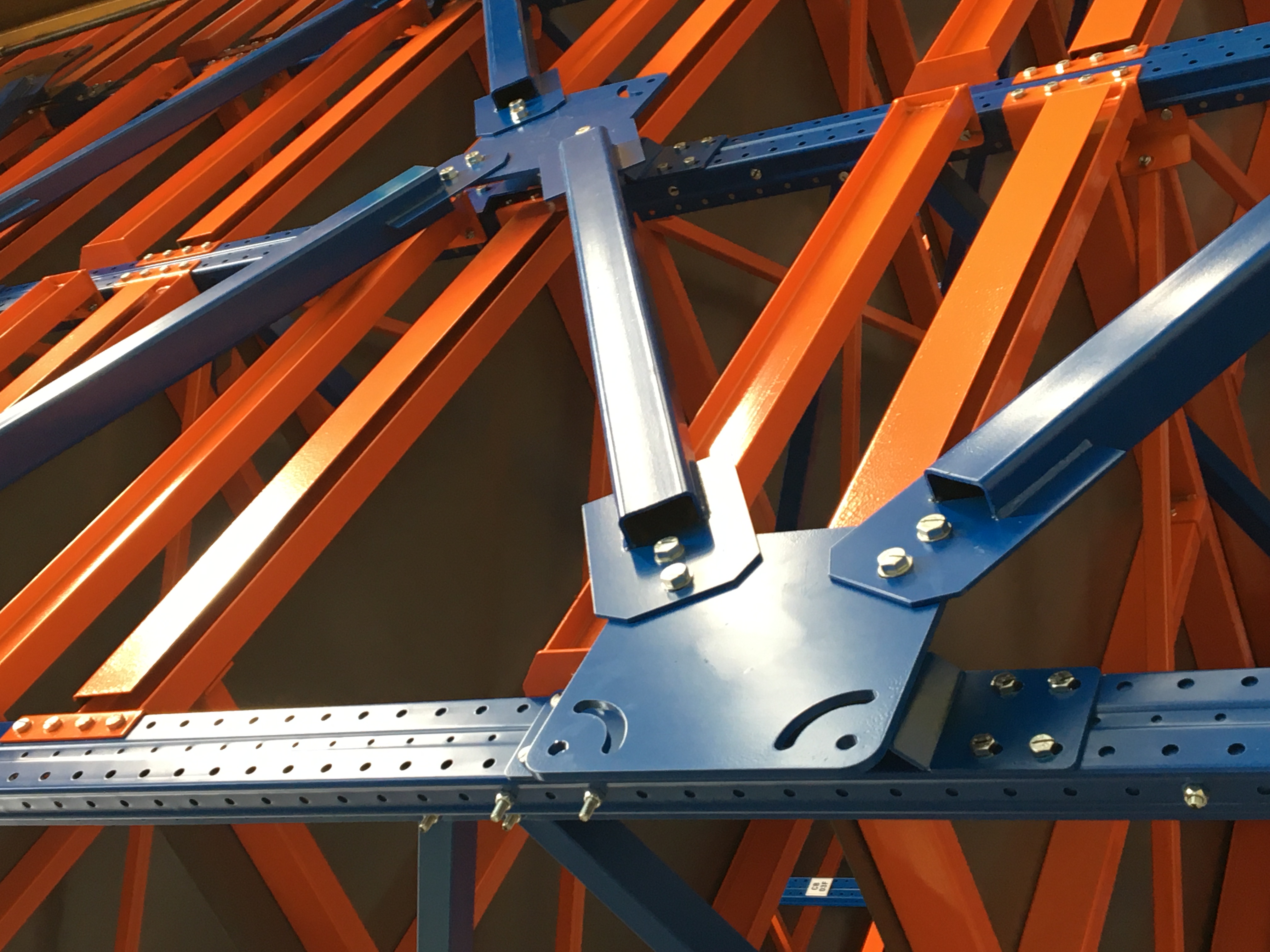Investing in warehouse racking!
When investing in warehouse racking, there are several key factors to consider to ensure you make an informed decision. Here are some important aspects to pay attention to:
Storage Requirements:
Understand your specific storage needs and the types of goods you will be storing. Consider the size, weight, and dimensions of the items, as well as any special requirements such as temperature control or hazardous material storage.
Space Utilization:
Evaluate the available space in your warehouse and consider how the racking system can maximize storage capacity. Measure the dimensions, ceiling height, and floor load-bearing capacity to determine the most efficient layout.
Racking Types:
Different types of racking systems are available, such as selective pallet racking, drive-in racking, push-back racking, and flow racking. Each type has its advantages and is suitable for specific applications. Research and select the racking type that aligns with your operational needs and storage requirements.
Durability and Load Capacity:

Ensure that the racking system you choose can withstand the weight and load requirements of your inventory. Consider the maximum weight capacity per shelf and overall load-bearing capacity of the racking system.
Safety Features:
Safety should be a top priority in your warehouse. Look for racking systems that incorporate safety features like sturdy construction, proper bracing, and locking mechanisms to prevent accidental dislodging of the stored items. Additionally, consider installing safety accessories like column protectors, rack guards, and safety netting.
Accessibility and Inventory Management:
Evaluate how easily you can access and manage inventory using the racking system. Consider factors such as forklift maneuverability, order picking efficiency, and the ability to rotate stock effectively.
Future Scalability:
Anticipate your future growth and expansion needs. Choose a racking system that allows for easy reconfiguration, expansion, or modification to accommodate changing inventory volumes and business requirements.
Supplier Reputation:

Research and select reputable suppliers or manufacturers with a proven track record in producing high-quality racking systems. Read customer reviews, check references, and ensure they comply with industry standards and safety regulations.
Installation and Maintenance:

Consider the installation process and ongoing maintenance requirements of the racking system. Ensure that you have skilled personnel or access to professional installers who can set up the system correctly. Additionally, evaluate the ease of maintenance, including regular inspections, repairs, and replacement of damaged components.
Cost Considerations:

While cost is an important factor, it should not be the sole determining factor. Balance your budget constraints with the quality, durability, and long-term value offered by the racking system. Consider the total cost of ownership, including installation, maintenance, and potential productivity gains.
By paying attention to these factors, you can make an informed investment in warehouse racking that optimizes your storage space, ensures safety, and enhances operational efficiency.


